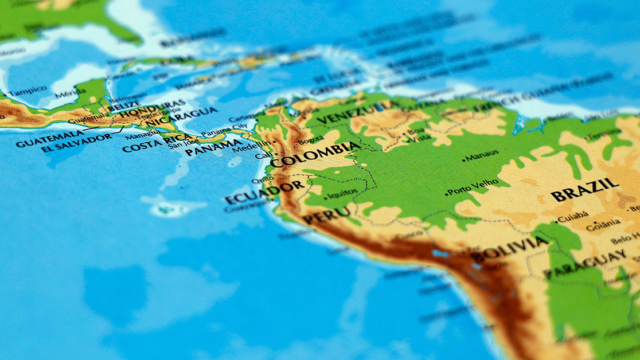The growth of e-commerce is no secret. Two statistics in particular stand out. First, global e-commerce sales are estimated at USD3.5 trillion in 2019 and USD$4.9 trillion in 2021¹. Second, a Nielsen study found that 57% of online shoppers make cross-border purchases².
But what do these statistics mean? To a global business, it means having a sound international payment processing strategy is important. This article attempts to skim over the subject by highlighting two points.
Taking advantage of cost consolidation
Accepting payments in multiple currencies is important (as shown above). For an e-commerce shopping portal, its multi-currency transactions come from suppliers and customers. To ease operations, they can and should outsource the task of handling payments to third-party payment gateways or hubs (we will talk extensively about why outsourcing is more effective in a future article).
But the key takeaway is that international payment processing involves transaction fees, exchange rates and operating costs.
- Transaction fees are costs involved in dealing with different financial institutions that in turn, maintain relationships with foreign banks to execute cross-border transactions. Each transaction is rarely just between sending and receiving banks, with many institutions involved. As each institution charges its own transaction fee, they can add up quickly.
- Exchange rates are costs involved in determining the margin of currency conversion to compensate for market changes and risks
- Operating expenditure involve costs related to system or platform development and maintenance.
It is a great idea to engage a third-party payment platform to consolidate these processes at the cost of a single fee, so that the firm can divert a significant portion of its resources to improve the number of products being offered, service delivery and customer support.
Driving growth by getting the right statistics
If an e-commerce firm has funds moving between multiple countries involving different currencies, it can be very easy to lose track of things. A reliable third-party payment platform has enough experience processing international payments to furnish reports, insights and meaningful data through a simple and seamless interface. With these reports, a firm can see where its sales are coming from in real time. This allows the firm to adjust its budget accordingly to drive investment in the right places.
E-commerce is a necessity. That is a fact. If you have a global business, it is important to understand the payment flow and how to work it to your advantage. Reach out to us for tips on effective international payment processing.
¹ Data from eMarketer (Statista)
² https://www.nielsen.com/us/en/insights/report/2016/global-connected-commerce/







